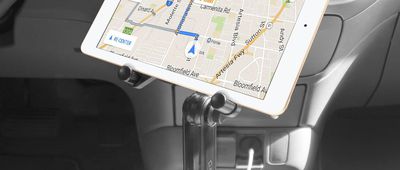RULES OF THE ROAD
So, your not-a-kid-anymore kid passed the big driving test and is now (gasp!) officially licensed to drive. Even better, you somehow have room in your budget to become a super parent and bestow upon your newly minted driver a new set of wheels. Well, you've got some planning to do. Shopping for and buying a car is overwhelming enough when you're the one who's going to be driving it. When you're buying a car for a teenager whose enthusiasm is only matched by their inexperience, however, things get even more complicated. It will go much more smoothly if you avoid these common mistakes.






















